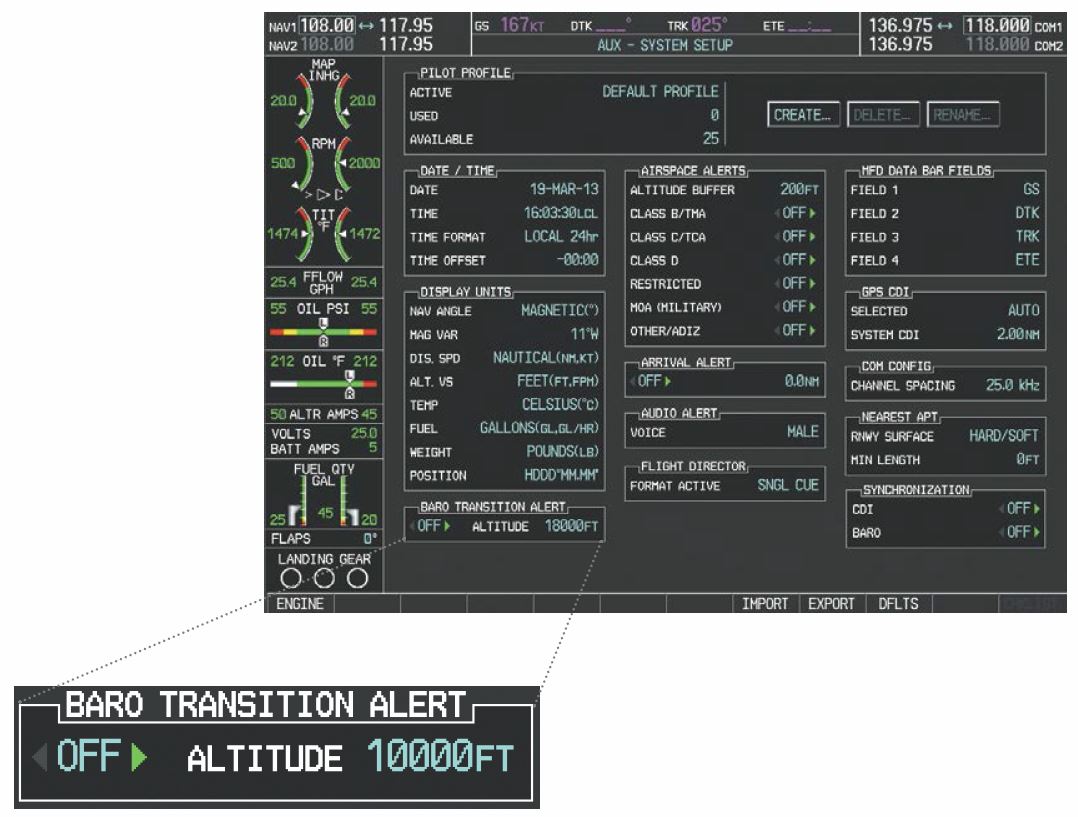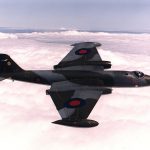Background
The Transition Altitude in the UK is generally 3000 ft, but in the Daventry area, and in most Class D airspace at airfields that we visit, the Transition Altitude is 6000 ft. When cleared above this level, it is vital that Standard Barometric (STN BARO) setting, 1013.25 hpa, is set on the altimeter so that an accurate Flight Level can be flown.
Early altimeters had a mechanical mechanism to dial up pressure settings, so it was normal to set 1013 when STD BARO setting was required. However, when Reduced Vertical Separation Minima (RVSM) was introduced, it became more important than ever to set an accurate STN BARO. RVSM was introduced at a time when most modern aircraft were adopting Electronic Flight Instrument Systems (EFIS), so it was easy for designers to introduce a new STN BARO setting on their “glass cockpit” displays that would accurately set 1013.25 hpa. These days, most modern airliners are equipped with EFIS and airline pilots, operating aircraft with the features to do so, will always set STN BARO when climbing above Transition Altitude – not 1013 hpa. Setting 1013 hpa will only be made if setting a QNH, QFE or RPS.
The G1000 has a STN BARO function that may be set by using the softkeys from within the PFD sub-menu. A QNH can easily be reset by rotating the BARO Knob as usual.
Not only does setting STN BARO make the pressure setting more accurate, but it also allows use of the Transition Alert feature to help prevent level busts.
Transition Alert Feature
When checking the AUX – SYSTEM SETUP page after engine start, setting the Baro Transition Alert to ON and setting 6000ft will provide you with a warning should you:
- Climb above the selected altitude without STN BARO set.
- Descend below the selected altitude with STN BARO set.
The warning given will be in the form of a flashing Barometric Setting to alert you to the incorrect value. The warning can be quickly suppressed by either setting STN BARO or the QNH as appropriate.

Unnecessary Warnings
With the Baro Transition Alert feature set ON and, for example, to 6000 ft, unnecessary warnings are possible and most likely to occur under the following circumstances:
- During an arrival, when you are cleared to descend to 6000 ft on the QNH. Once you level off at 6000 ft, if you then drift slightly up above 6000 ft, the feature give a warning.
- During departure, when you are cleared to climb to altitude 6000 ft on the QNH. As you level off, if you drift slightly above 6000 ft, then the feature give a warning.
To avoid unnecessary warnings, it is recommended that you set the Baro Transition Alert to 6100 ft. This will allow you some tolerance for accuracy if you have to level at 6000 ft and should prevent unnecessary warnings.















